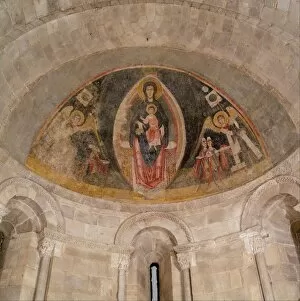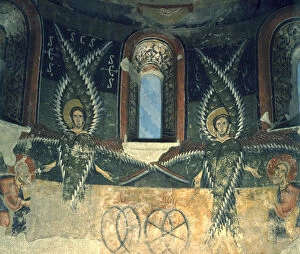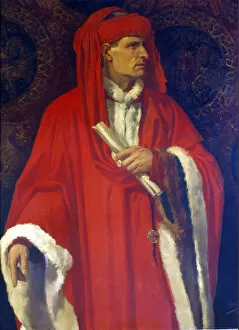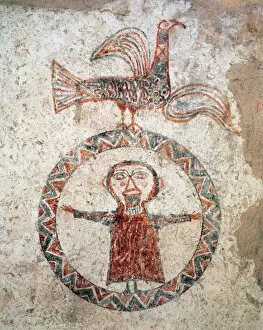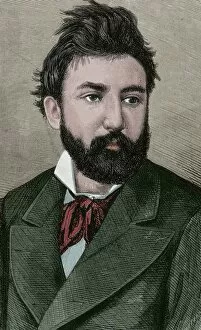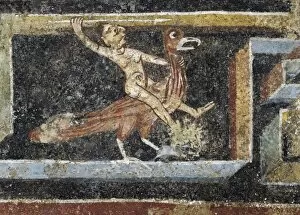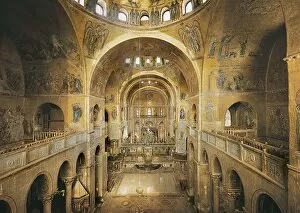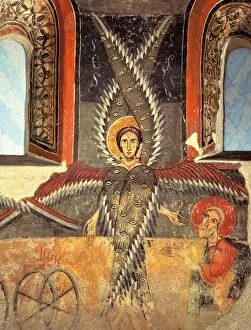Pedret Collection
"Discovering the Masterpieces of Pedret: A Journey through Romanesque Art" Step into the enchanting world of Pedret
For sale as Licensed Images
Choose your image, Select your licence and Download the media
"Discovering the Masterpieces of Pedret: A Journey through Romanesque Art" Step into the enchanting world of Pedret, a master artist whose works have captivated art enthusiasts for centuries. From the apse of the church of the Monastery of Sant Pere de Burgal in Pallars Jussa to the prayerful Pre-Romanesque art found in Spain's 10th century churches, Pedret's talent knows no bounds. One cannot help but be mesmerized by "The Virgin and Child in Majesty and the Adoration of the Magi, " a masterpiece created around 1100 by none other than the Master himself. The intricate details and vibrant colors transport viewers back in time, evoking a sense of awe and reverence. Another glimpse into Pedret's genius can be seen in fragments from his mural paintings at Sant Quirze Pedret in Bergueda. These remnants offer a tantalizing taste of his artistic prowess, leaving us yearning for more. Intriguingly, even beyond religious themes, Pedret delved into mythology with his frescoes depicting captivating mythological scenes from Romanesque times. His ability to bring these ancient tales to life is truly remarkable. But who was this enigmatic artist? While little is known about him personally, we do know that he left an indelible mark on Catalan history. Figures like Joan Fiveller, a prominent politician who lived during Pedret's time, were undoubtedly influenced by his work. Pedret's legacy lives on not only through historical records but also through fellow artists like Tomas Padro Peret. This Spanish artist drew inspiration from Pedret's style and contributed to keeping it alive for future generations to appreciate. As we gaze upon each stroke meticulously painted by this masterful hand, we are transported back to medieval times when these murals adorned sacred spaces such as Santa Maria d'Aneu’s apse in Pallars Sobira.


